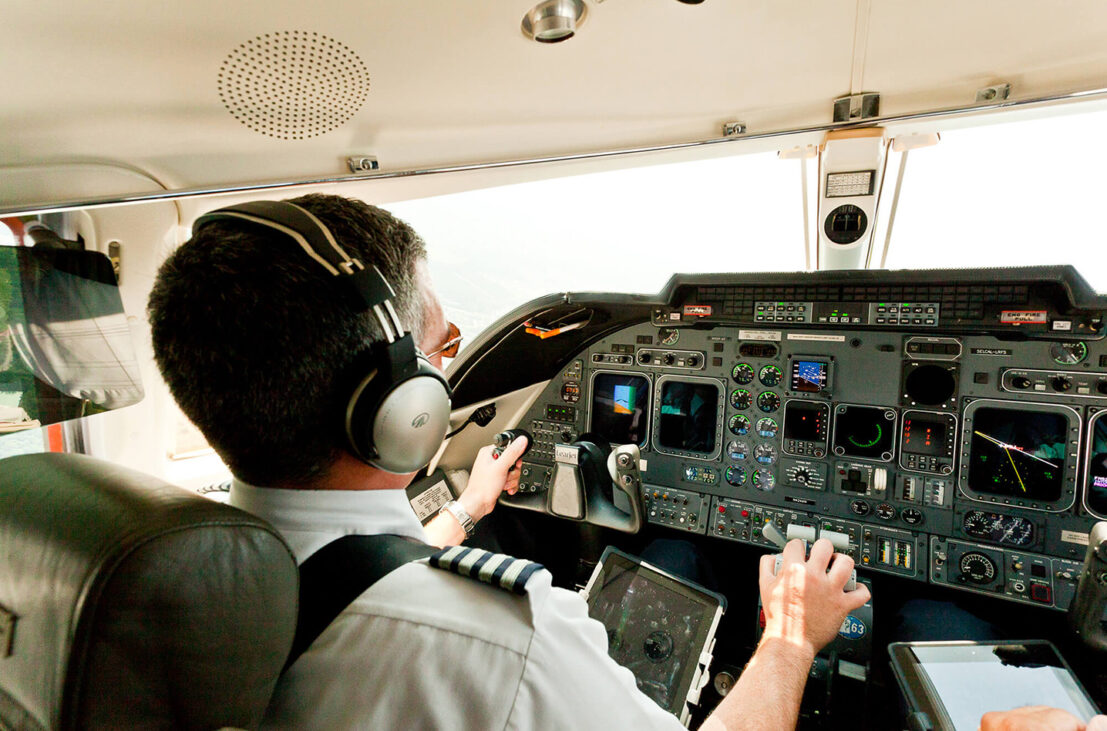
May 22, 2023
Today, we conclude our two-part discussion about mental wellness in business aviation with some encouraging news. As NBAA and other industry associations work with Congress to include guidance on pilot mental health issues in the upcoming FAA reauthorization bill, FAA Federal Air Surgeon Dr. Susan Northrup recently announced that the agency will revise its procedures to encourage anyone needing help dealing with mental health challenges to get it. “It’s important that pilots understand that reaching out for help — and even getting a diagnosis — is not the end of their career,” emphasizes LiftAffect’s Matt McNeil.
In this episode of NBAA’s “Flight Plan,” host Rob Finfrock speaks with:
- Emma Laczko, pilot, aeromedical reform advocate and creator of “The Pilots Pandemic” podcast
- Mark Larsen, CAM, NBAA director of safety and flight operations
- Matt McNeil, president and clinical director at LiftAffect
- Maddie Miller, aeromedical advocate and “The Pilots Pandemic” co-host
Related Articles
April 15, 2024
Podcast: Recurrent Checkrides Are a Moment to Level-Up, Not Just Level Off
April 8, 2024
Podcast: Data Points to Increasing SMS Interest
April 4, 2024
NBAA Welcomes ARC Recommendations Addressing Aviation Mental Health
April 1, 2024


 International Business Aviation Council Ltd.
International Business Aviation Council Ltd.